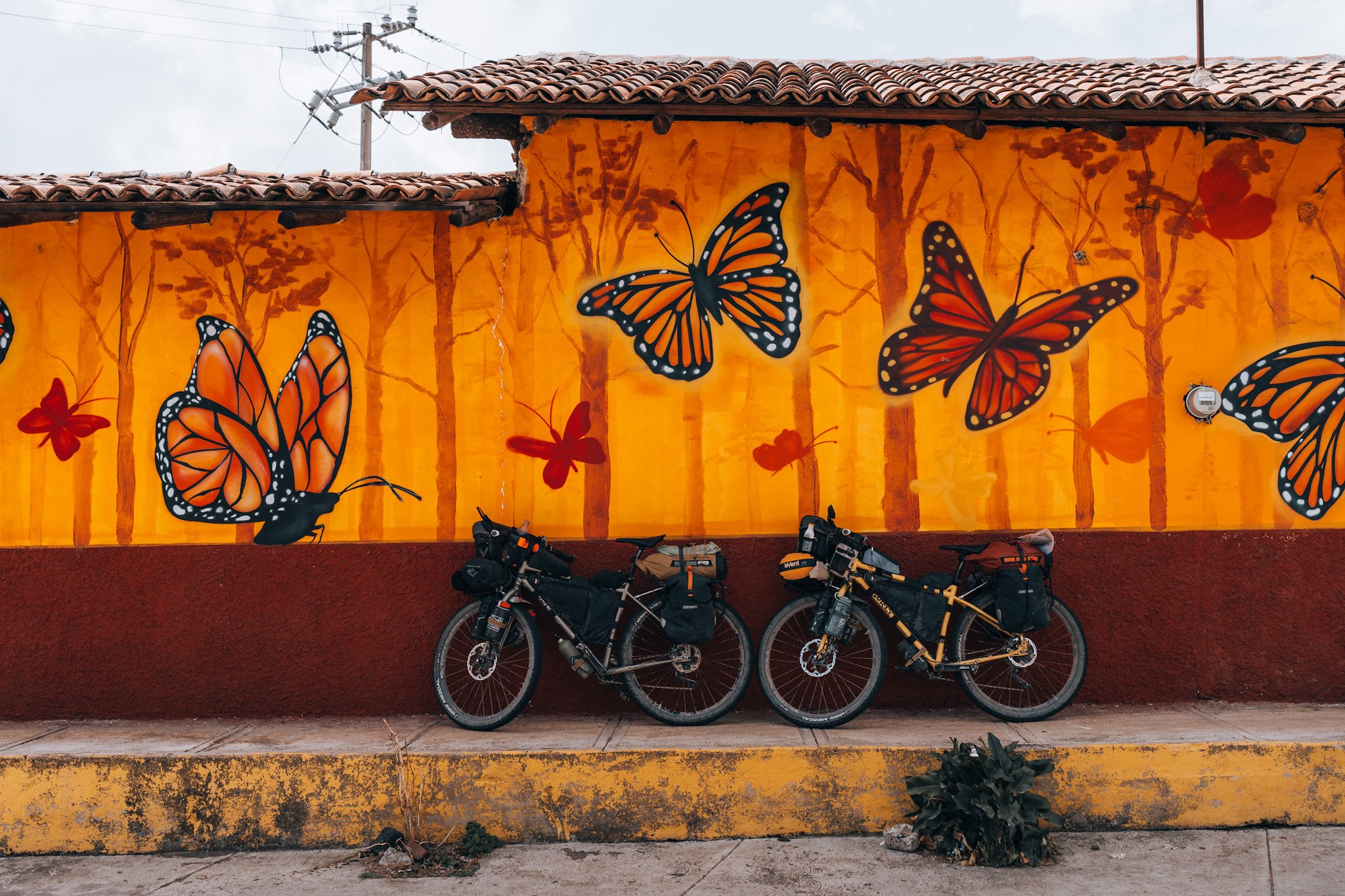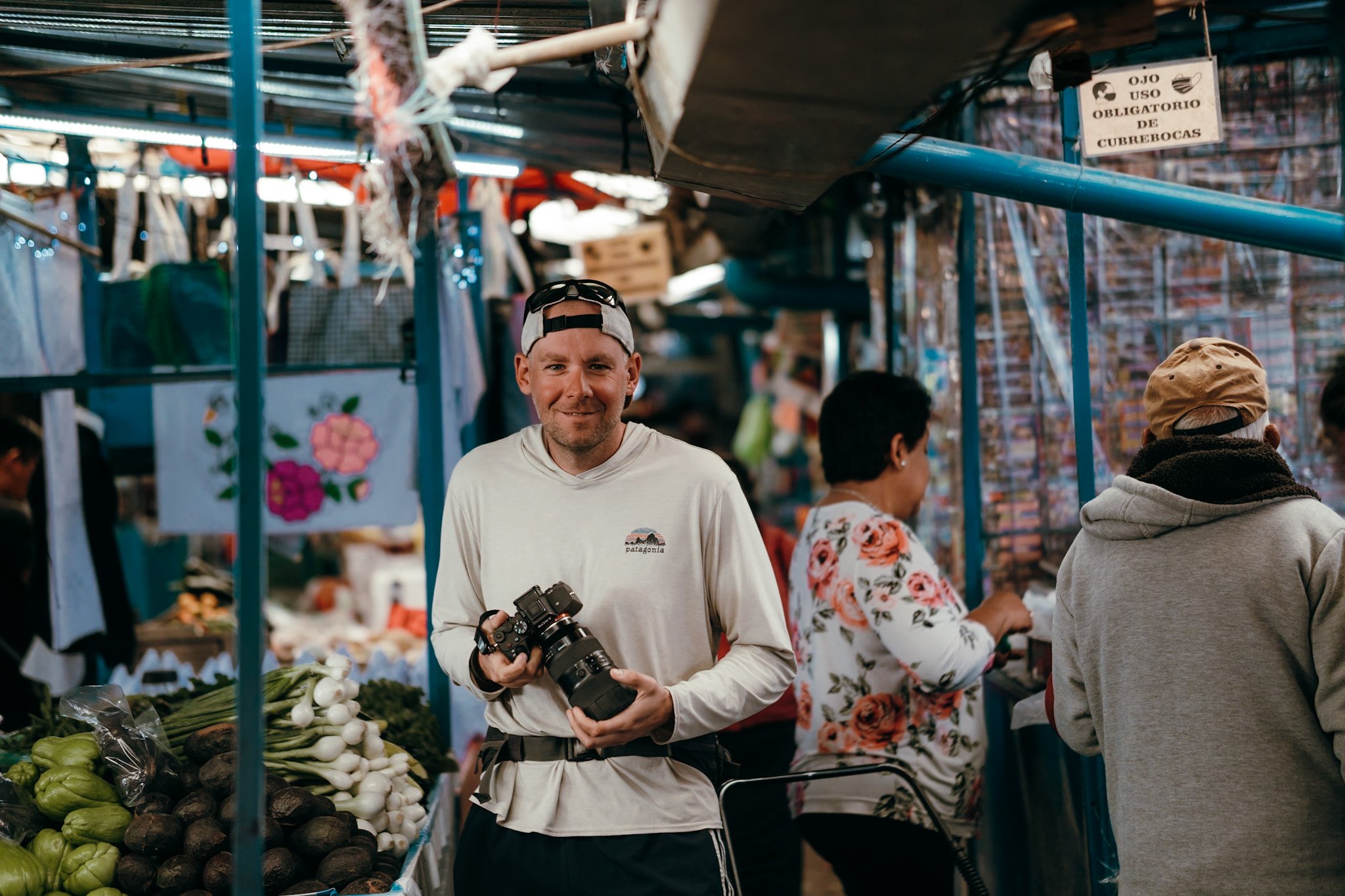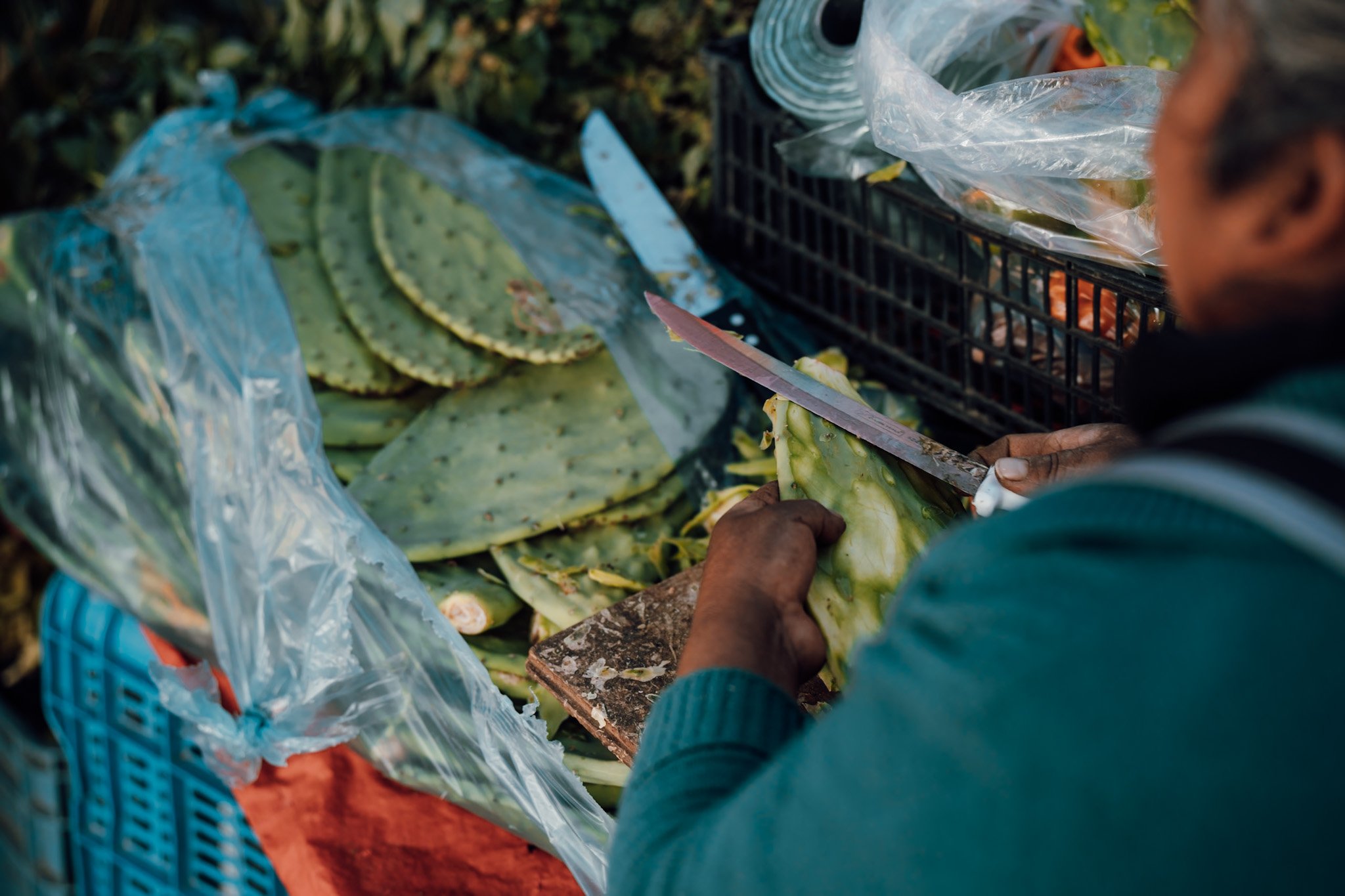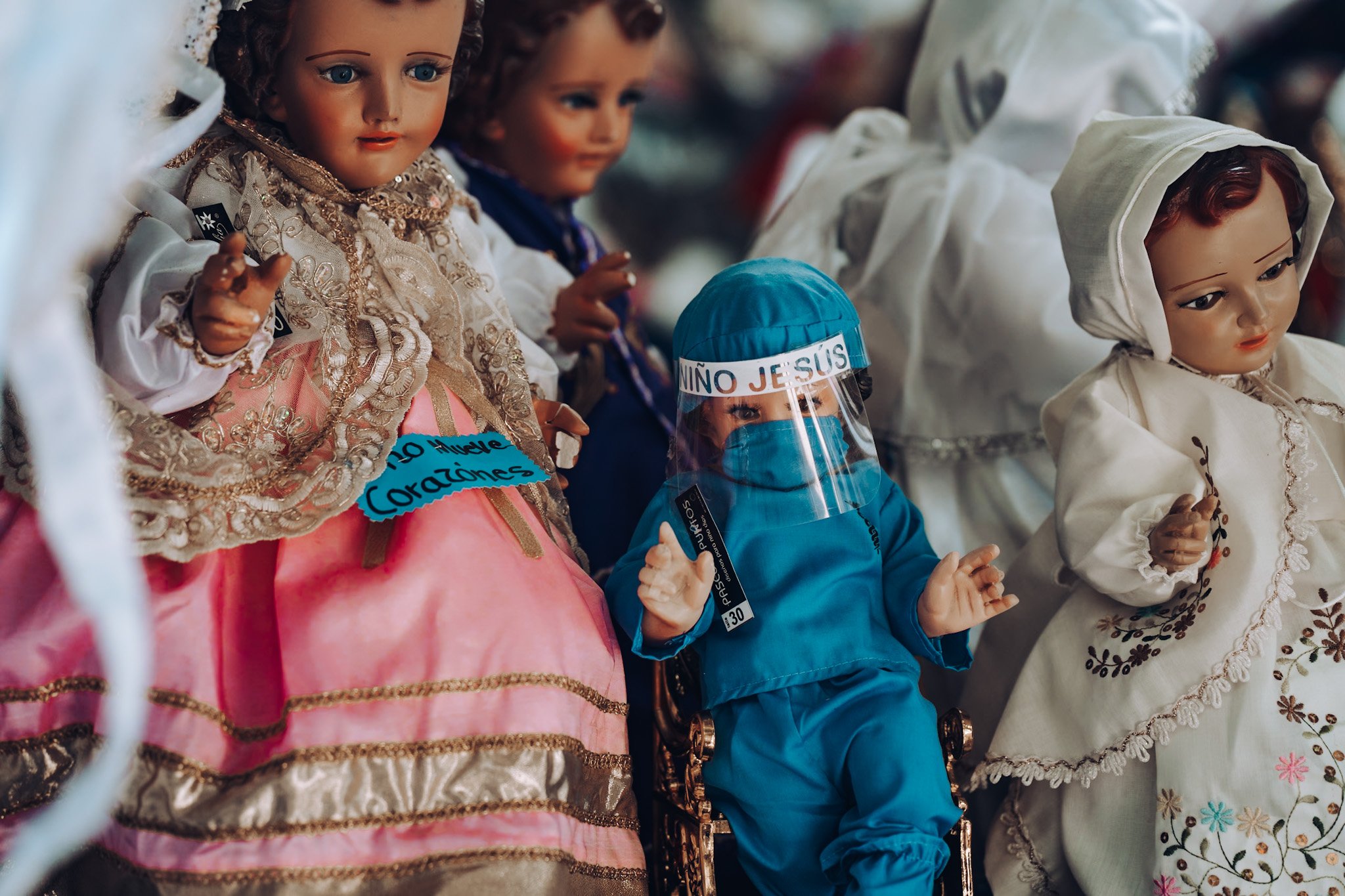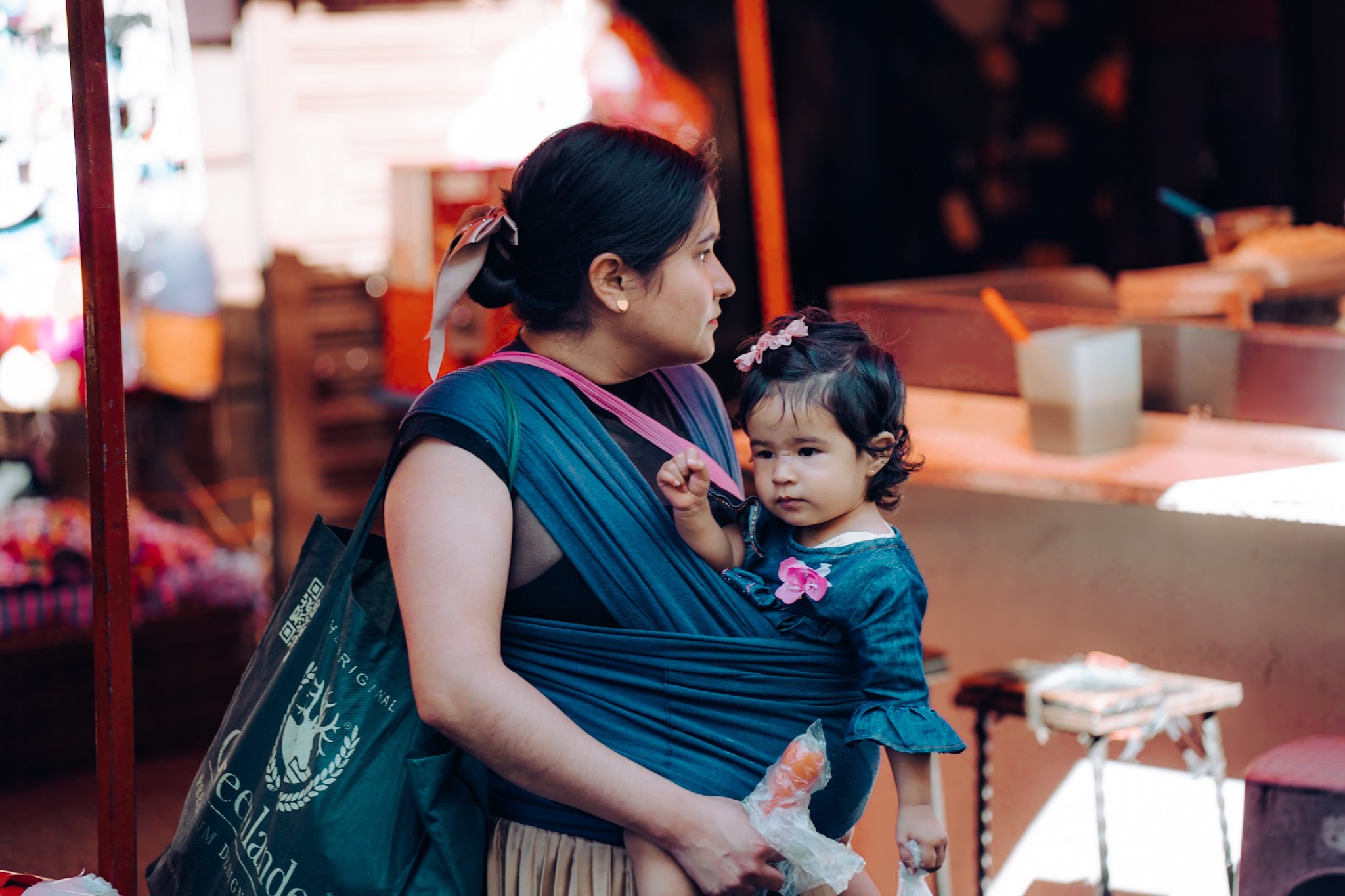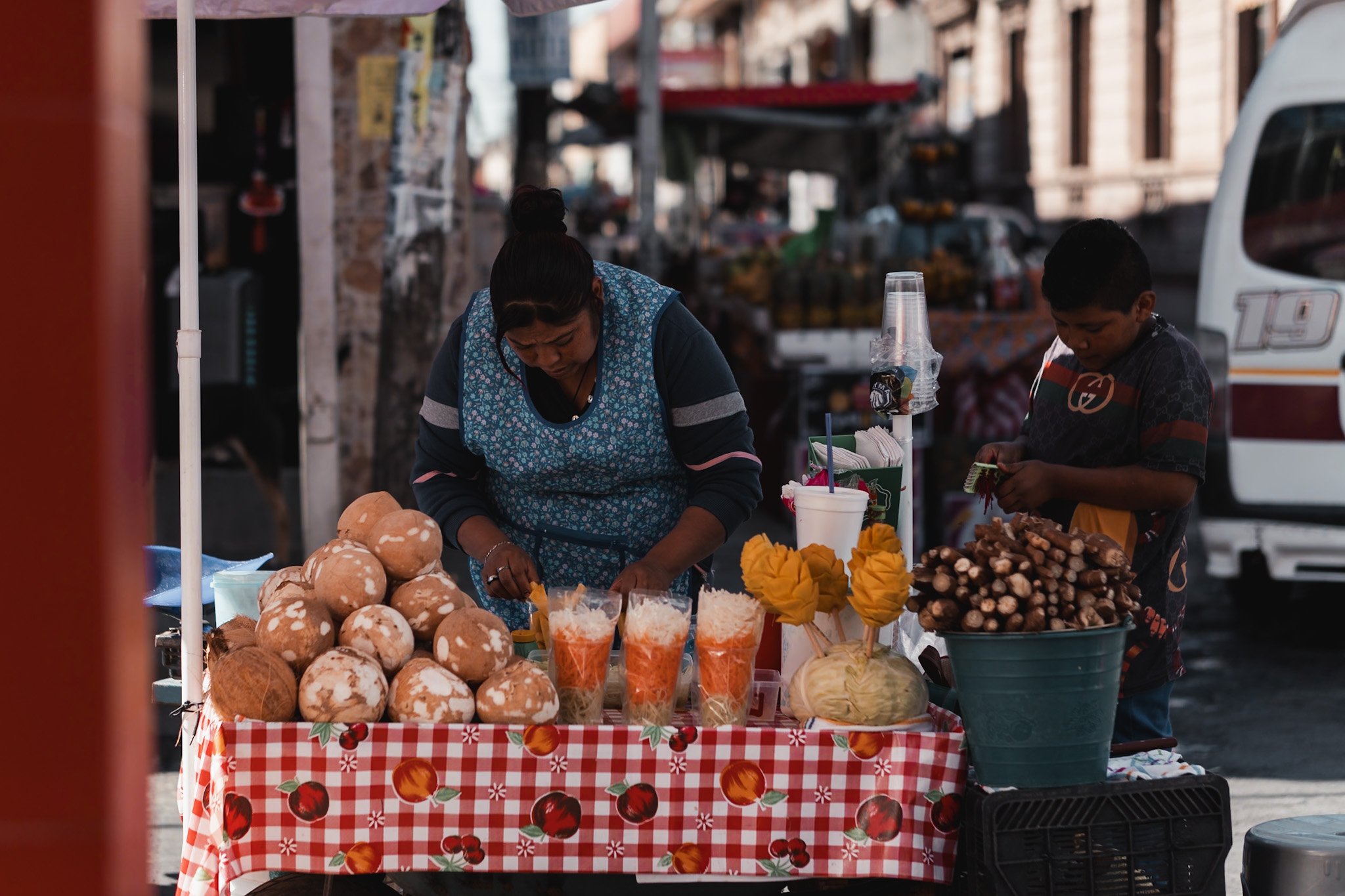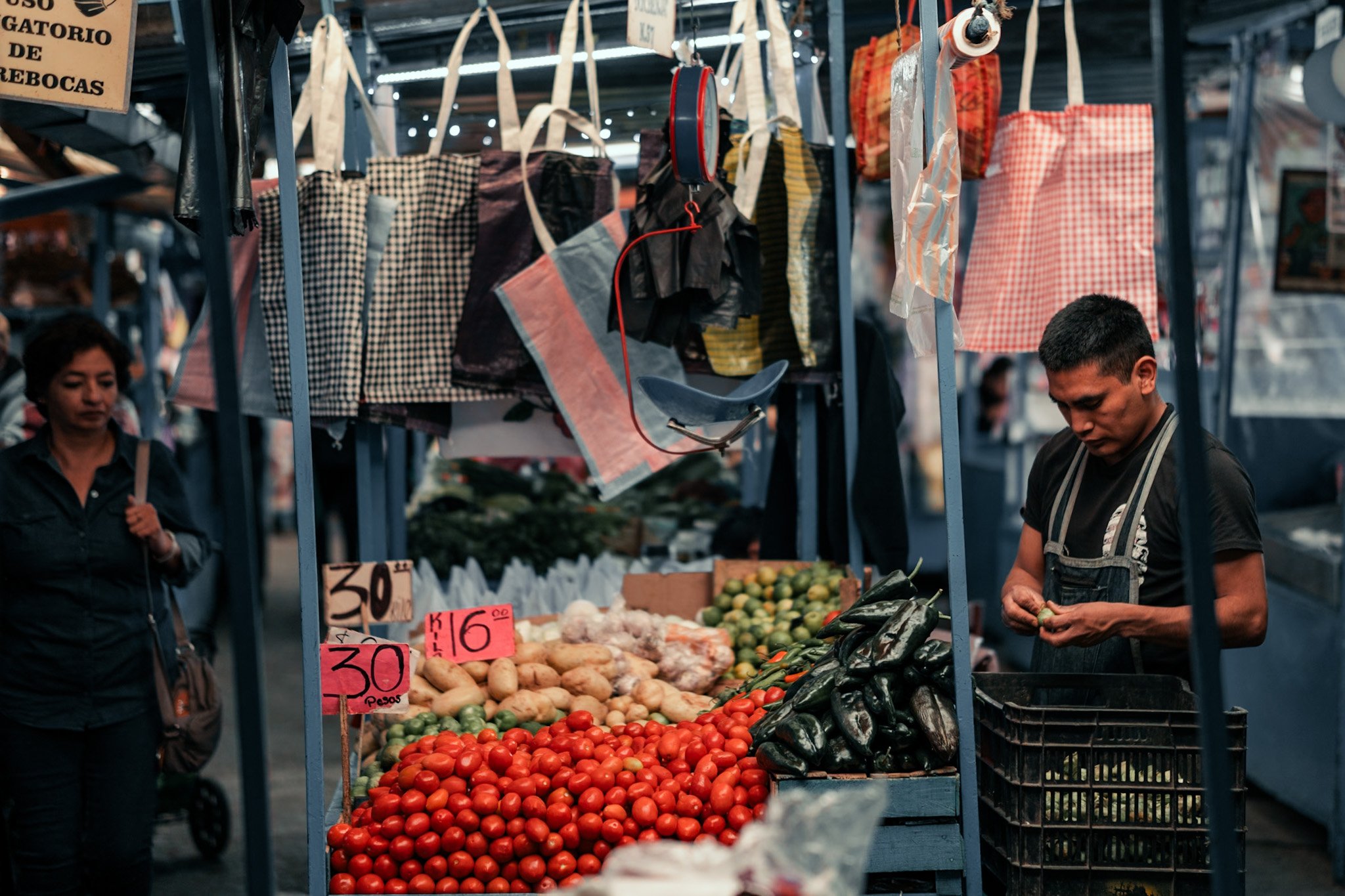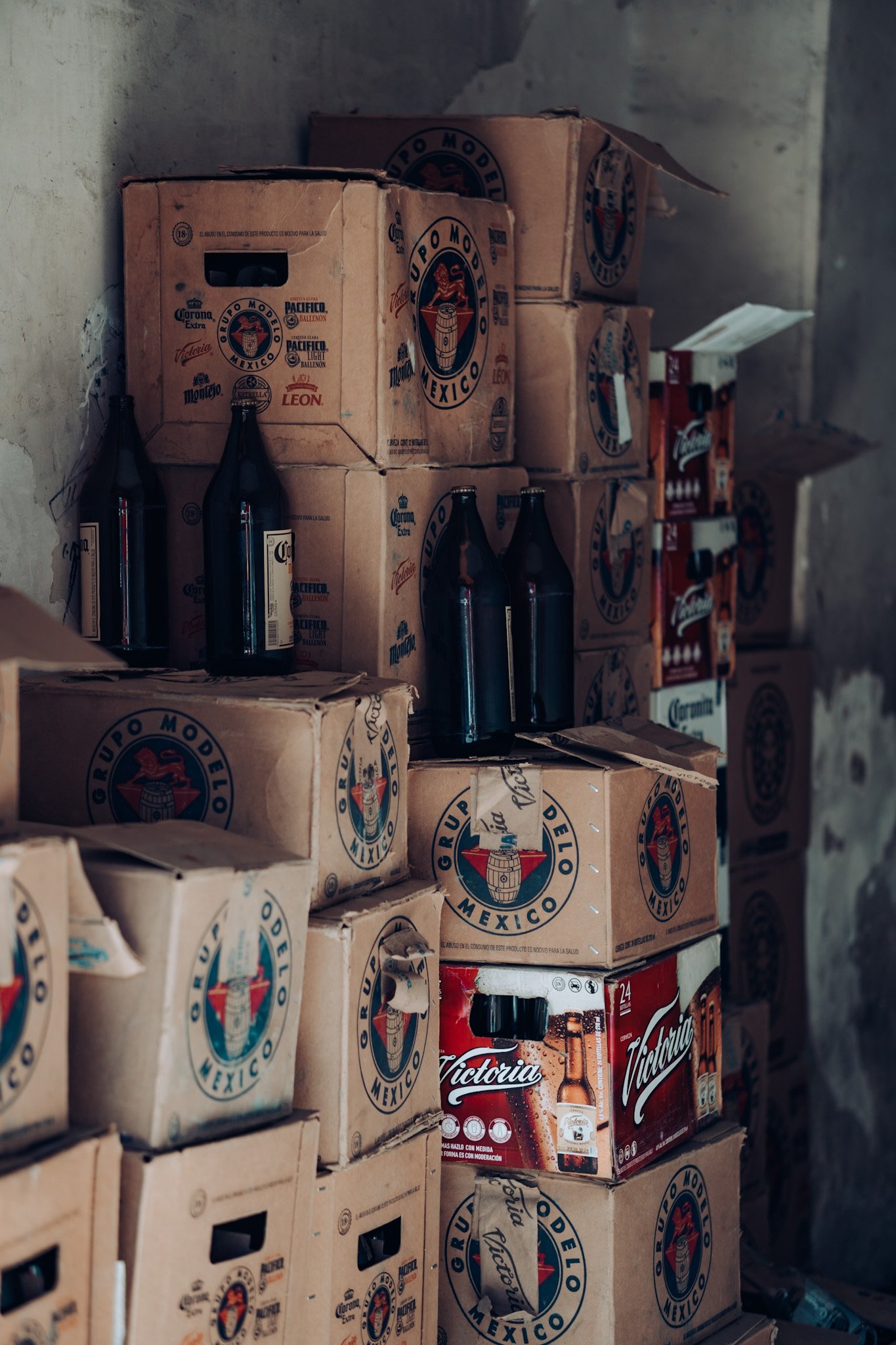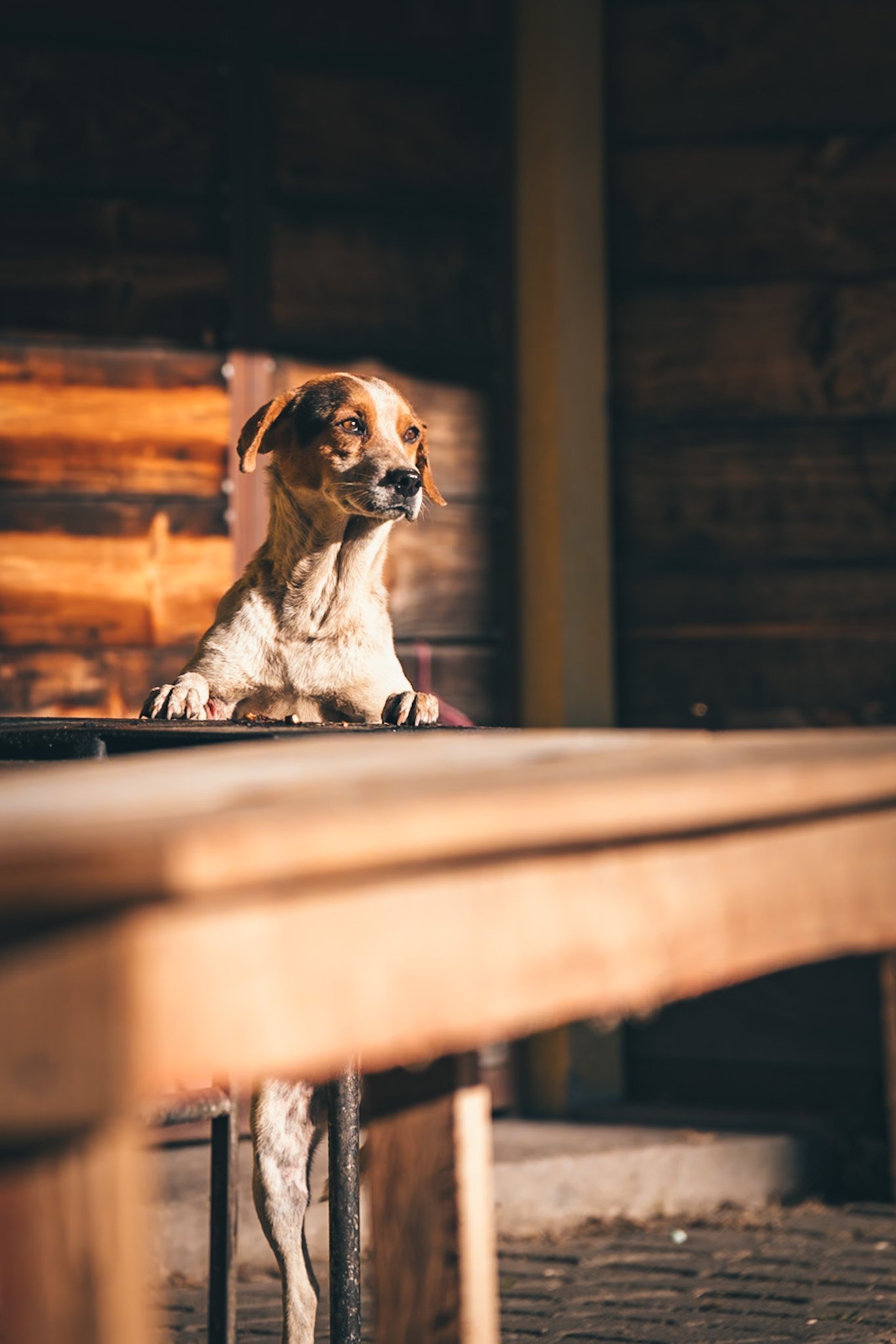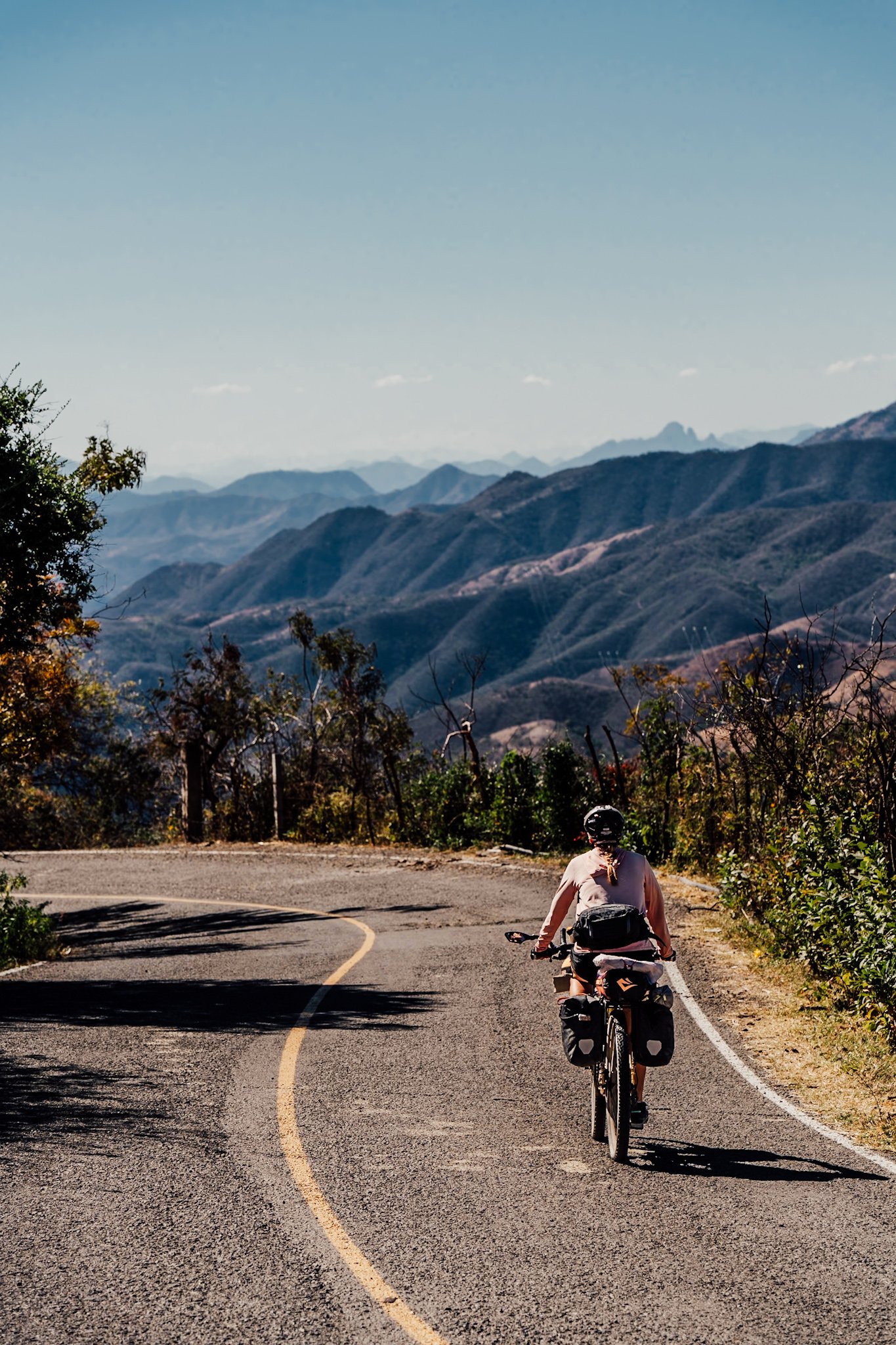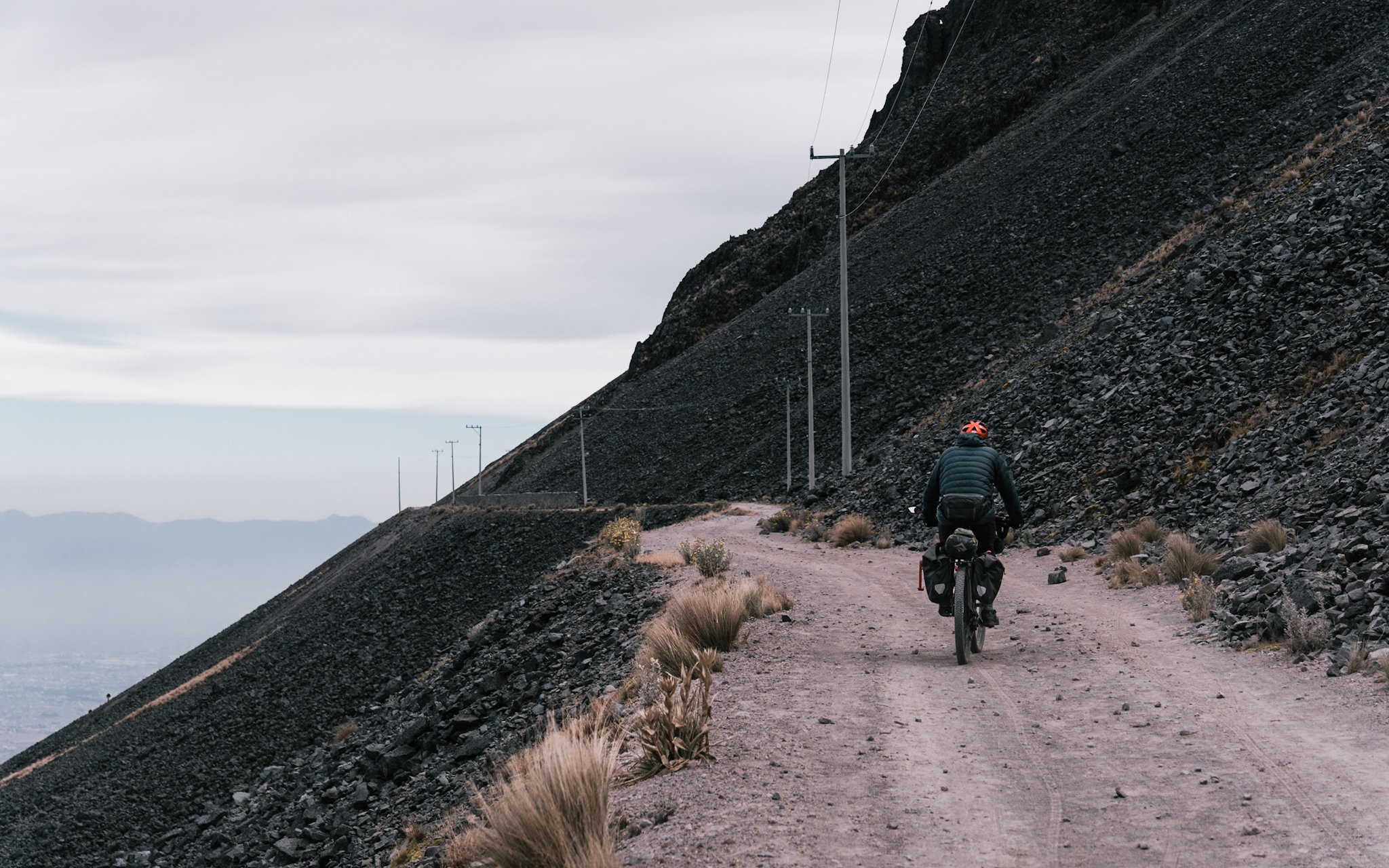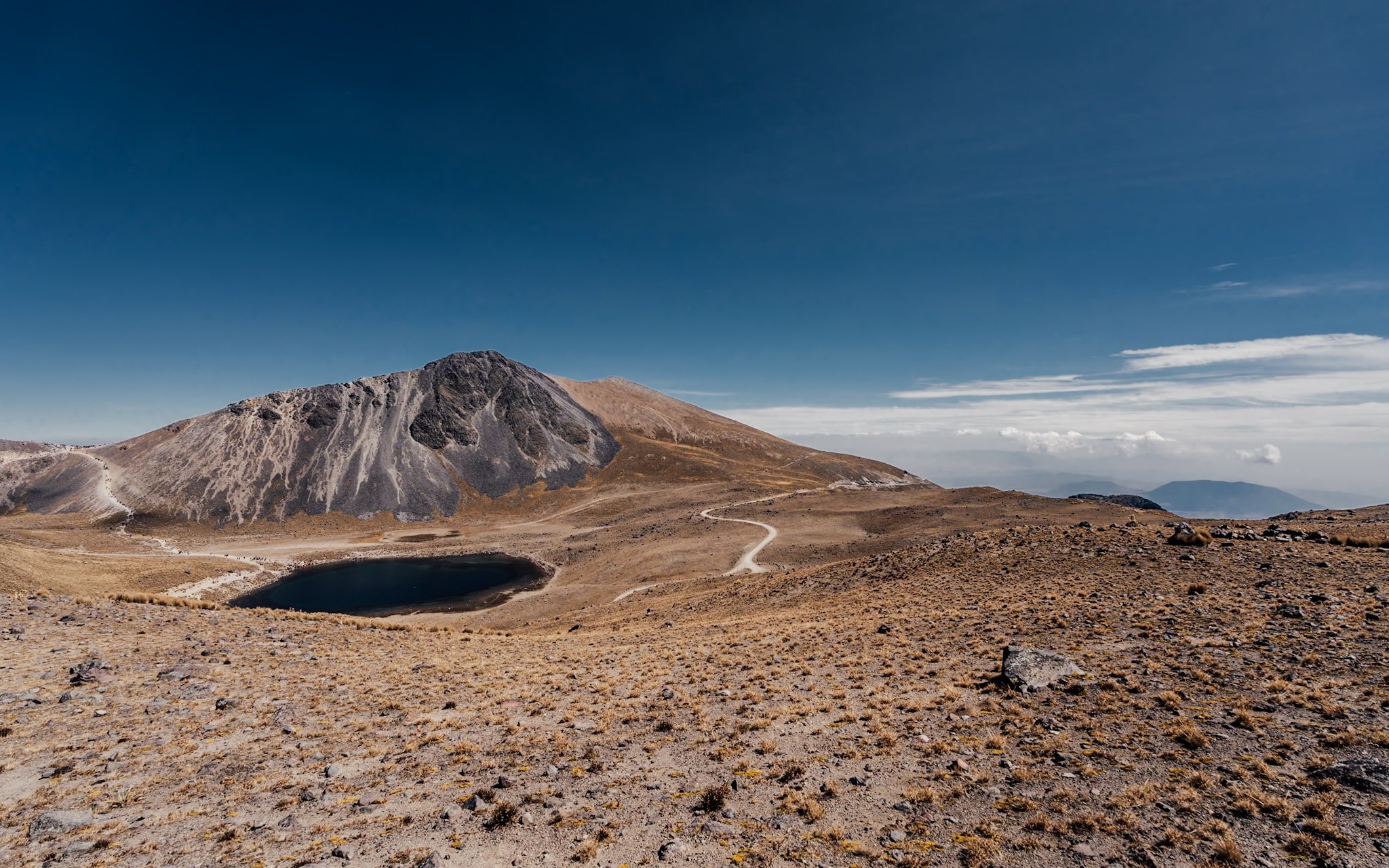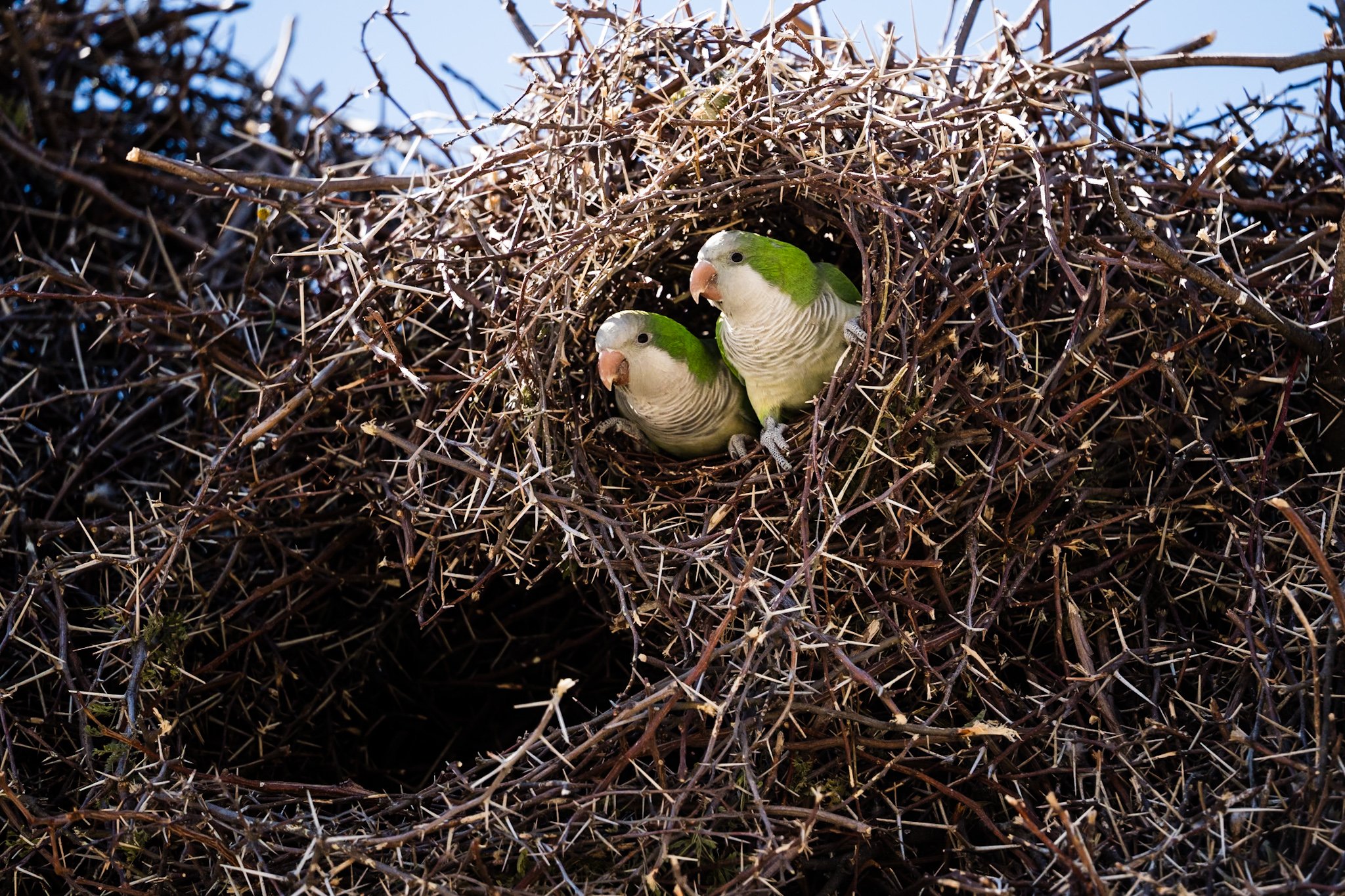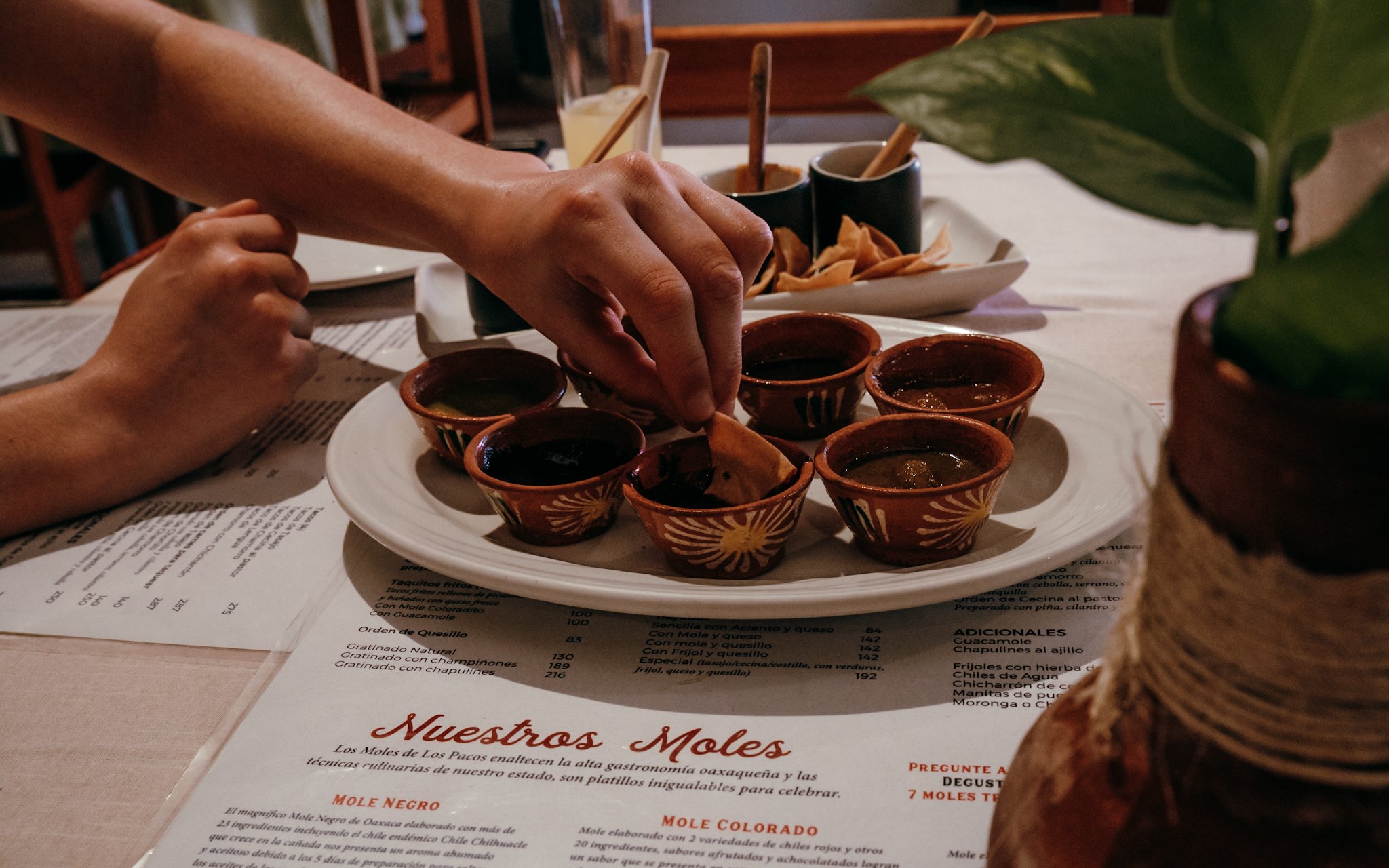Mexico - Guanajuato to Oaxaca
After two days, we leave Guanajuato with a heavy heart - a really great city. At the exit of the town it goes directly uphill along the silver mines, followed by a fun technical descent through a beautiful forest.
In San Miguel de Allende was once again a zipper from the tent at the repair. The city was flooded with American tourists and for ages we have spoken English again. The bagels in a small, very lovingly furnished café in a backyard (of course with owners from the USA) impressed us.
Very often we see the VW Beetle, which was still built in Mexico until 2004.
Otherwise, we see foreign tourists in this region very rarely and often we are stared at like aliens.
We let ourselves be shaken through a whole day's stage on rough cobblestones - Loctite will be your friend on such a cycling trip.
On the way to Zitácuaro, we often get a taste in the small villages of what the region is so well known for and obviously very proud of.
However, in order to be able to look at the wintering area of the monarch butterfly, we need a transport. Well-heeled ride a taxi, but smart shoppers like us uses collectivo. Often a tuned VW T2 bus with rear wing, underbody lighting and sports air filter. The drivers all have the Dominic Toretto syndrome and of course they “double-clutchin like you should“. There are no official stops, who leaves where and when you just ask on the street. However, the most important thing is to look for a seat immediately after boarding, otherwise you stick with your face to the rear window when starting. We are wondering if there are any rules in road traffic at all.
In our first blog post in June 2023, we photographed a beautiful monarch butterfly in Canada, sitting on a wood lily. However, if it gets too cold for the butterfly, it makes its way to the Mariposa Monarch Reserve, the wintering area of the monarch butterfly. Every autumn, millions of monarch butterflies leave their summer breeding areas in the northeast of the USA and Canada and travel over 4,800 km to winter in southwest Mexico. The butterflies have a life cycle of about four weeks, only the last brood that flies to the south lives up to eight months. How the butterflies born in the north and still find the same wintering area every winter is still a mystery today. We are already in the early morning at approx. 3,500 meters of altitude, where the butterflies hang from the trees in huge grapes. They almost break off the branches. If the first rays of sunshine hit the moths, the whole forest comes to life - a real highlight for us.
We spend the afternoon in Zitácuaro. It is not a particularly beautiful place, but the whole city feels like a huge market with covered alleys and market halls. It feels like pure Mexico to us. We are fine-tining our street photography skills.
On the way to Lake Valle de Bravo, we already see our next destination in the distance - the Nevado de Toluca volcano, the fourth highest mountain in Mexico.
For the next three days to the crater edge at 4,300 meters, we shouldn’t leave the smallest gear. We camped with a headache on frosty 3,800 meters of altitude with a magnificent view and had a first-class descent after exploring the extinct crater.
In order to bypass the infamous state of Guerrero, we leave the Trans Mexico Bikepacking Route at the foot of the volcano and will follow the "Le tour de Frankie" Race Route to Oaxaca.
We have often wondered why so many strange holes have been dug on the roadside. On the ascent to the Ajusco Pass, we saw the answer for the first time. Families or often just children fill the potholes on the street with the dirt from the side ditch in order to grab a few pesos from the passing cars - such impressions can make you very thoughtful.
On the descent , we have a quick view of Mexico City. Unfortunately, it is very cloudy and foggy, but from up here you get a good idea of how huge the 9th largest city in the world with its over 21 million people is.
On the mainland, wild camping is not always easy, but since the hotels are relatively cheap for us, we often go to them for the night. At the beginning, we wondered why we were always asked at the counter for how many hours we wanted the room. We later learned that because many families often live together with several generations in small space, the hotels are often only used for sexual intercourse. Against the gossip in the village, the car is behind a curtain and you can enter the room directly from the garage.
In a not particularly clean establishment, we unfortunately caught bed bugs and therefore had to pause for a few days. Felix's whole body was covered with rulent itchy bites. His 107 inflammations have needed a lot of care. He even had to go to a "special clinic" every evening, where he felt in “good hands”. The new storm hairstyle also promises more wind speed. The bedbugs didn't find Michelle particularly attractive and didn't touch her.
But what we enjoy very much in the cities is the hot breakfast. Our favorite dish is Tamales. The warm corn dish is available in any variation on pretty much every street corner. They are available in spicy, in even spicier, with or without meat and even in sweet. We also have a coffee from the Oxxo Store. We see these even in the smallest villages. It is comparable to a well-equipped kiosk, where you can get the essentials. It is Mexico's largest trading company and even a sponsor of a Formula 1 team.
We pass the very active volcano Popocatépetl (5462 m) near Mexico City at an altitude of 3,700 meters. We could see him "coughing" countless times while pedaling uphill. The wind was very favorable for the climb that day. However, it repeatedly causes Mexico City problems with ash rain.
In the small town of Atlixco, we like the many paintings by the artist "abel R" very much.
Up to the city of Oaxaca, we have to torture ourselves quite a bit. Every day more than 1,000 vertical meters of altitude at over 30 degrees. But even sweaty, there is something new to discover everywhere.
Oaxaca is supposedly the culinary heart of Mexico. And in fact, we found some food that we didn't know before. On the one hand, the Mole, a sauce that is available in Oaxaca in 7 different variants. The common features of all are the chili peppers and the special feature is the variety of many different ingredients. Very crispy was the Tlayuda, a large grilled corn tortilla with different toppings. However, we have not yet tried the visually also very crispy chapulines (locusts).
In Oaxaca there is also a variety of painting and craftsmanship to discover. Very colorful are the Alebrije - a colorful animal-like fantasy figure.
In a bicycle shop we were blessed with spare parts, so far we have not seen such a good selection on the entire trip.
We will relax for a few days in Oaxaca and will then continue on the Trans Mexico Bikepacking Route towards Guatemala. Furthermore, Michelle is looking forward to a prophecy from a fortune cookie.





















